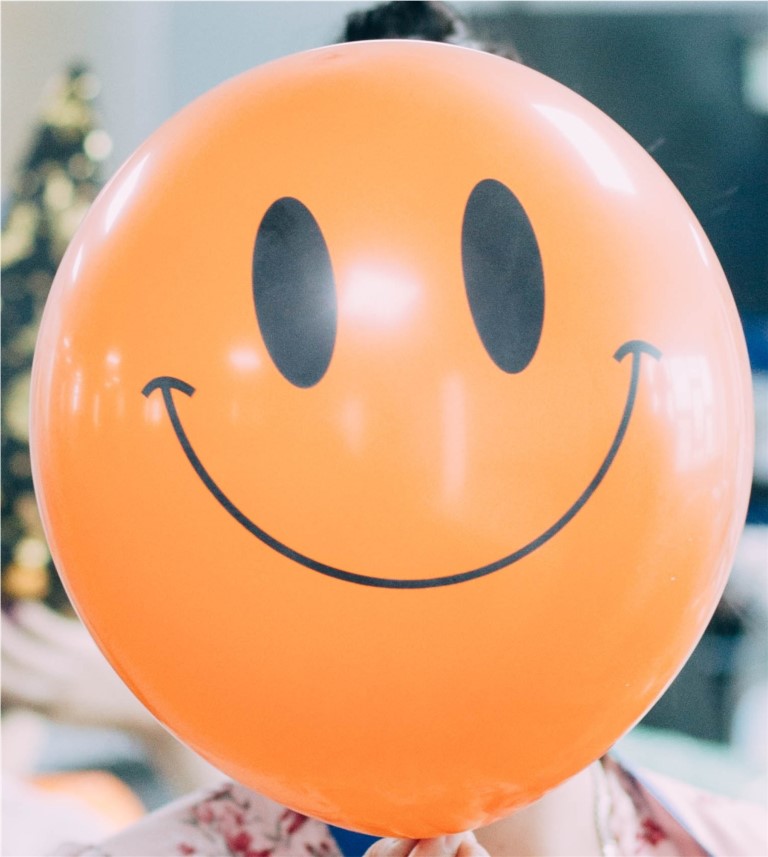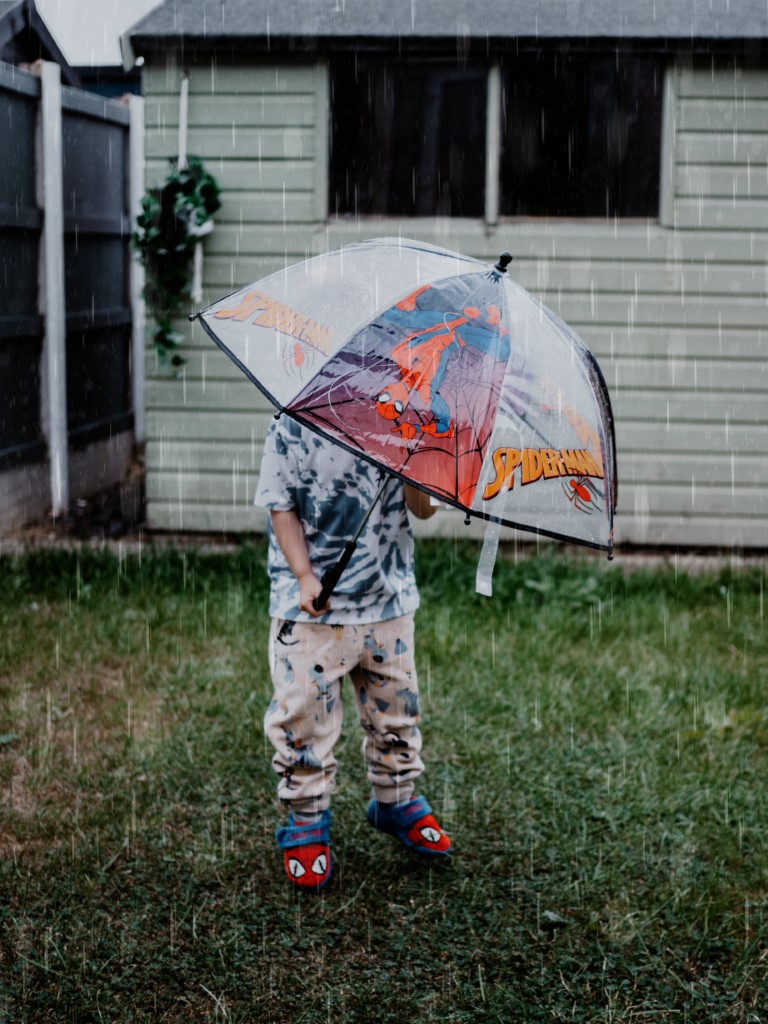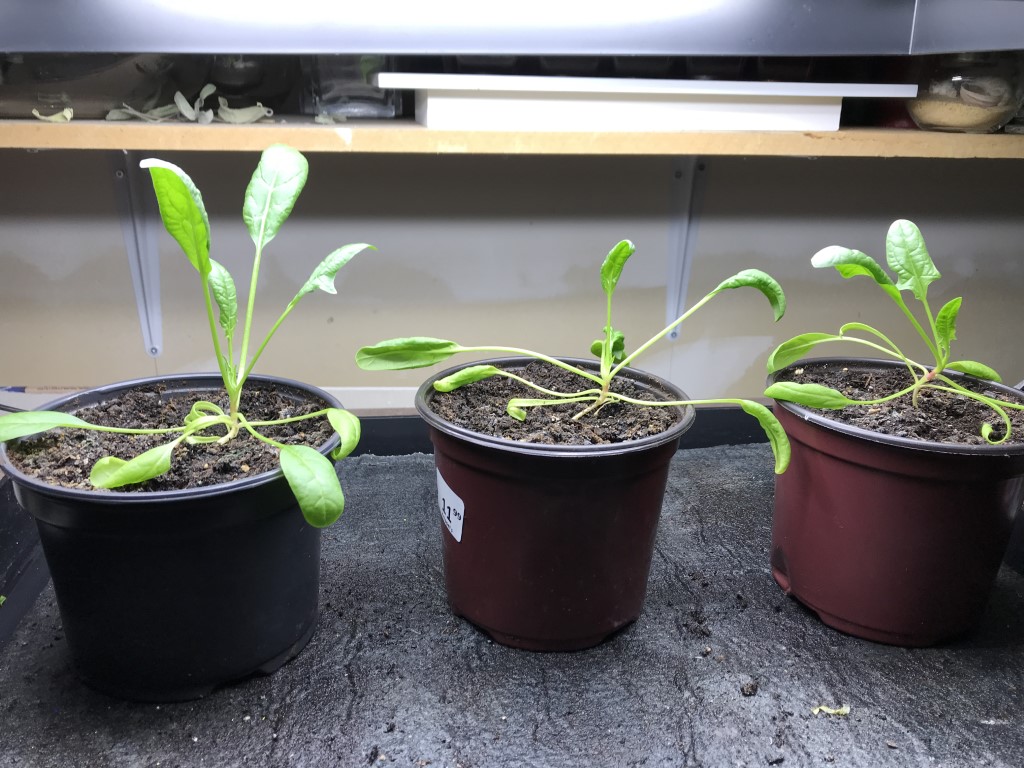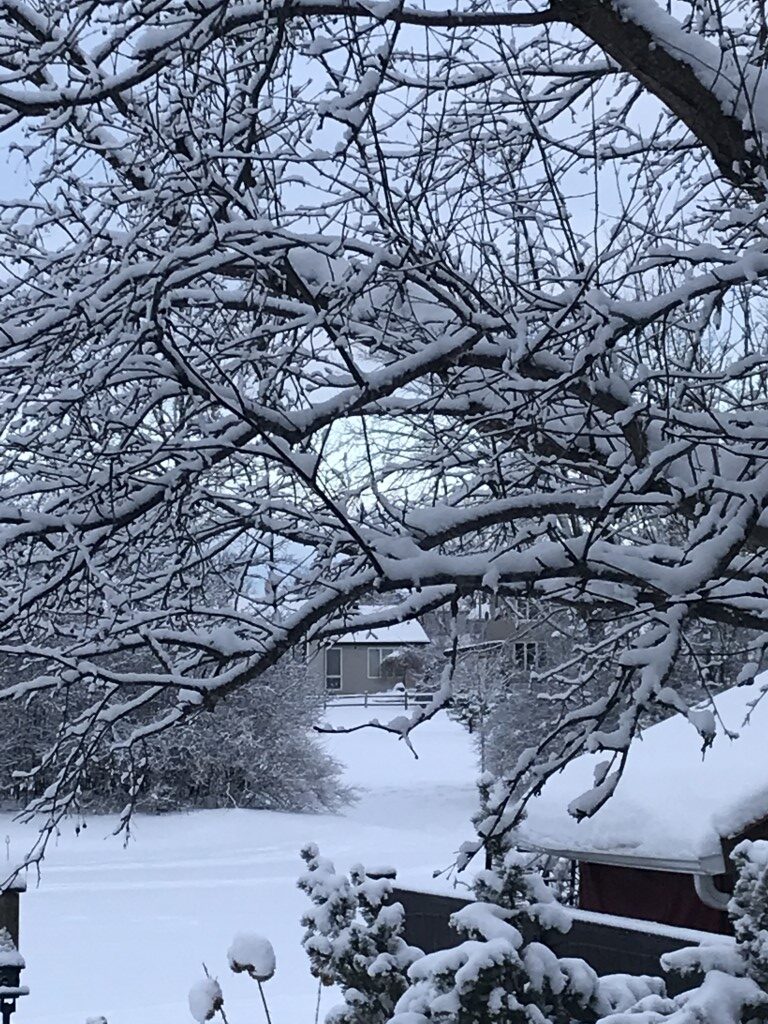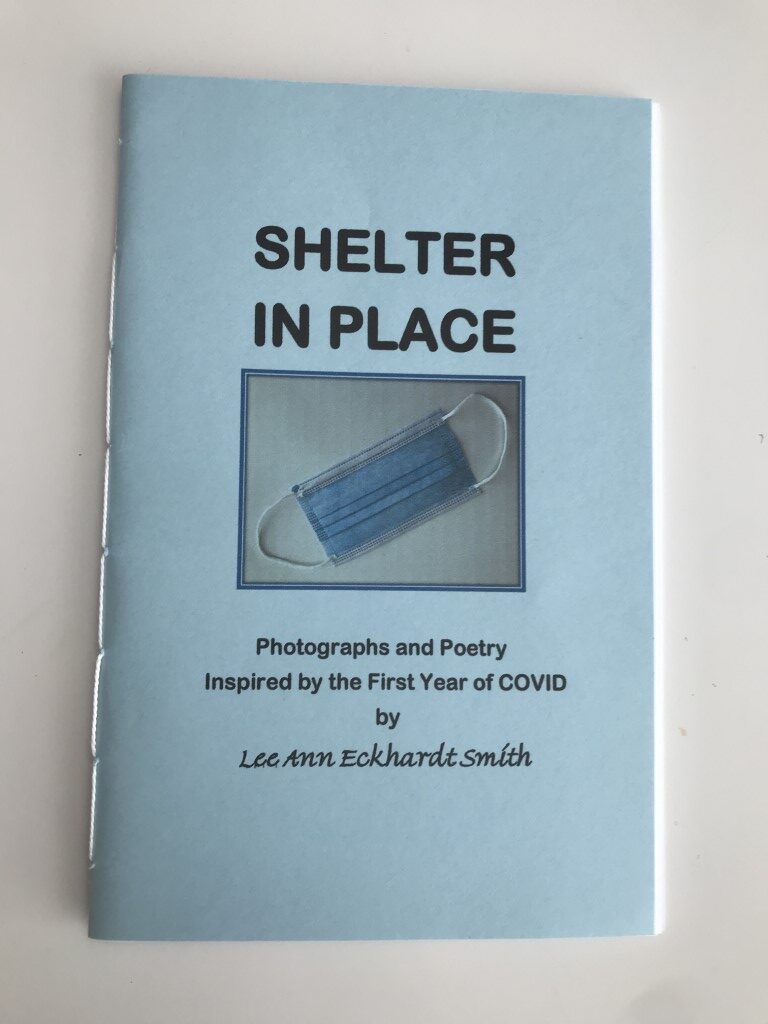PERSPECTIVE
The creative process has a lot to do with perspective. I was reminded of this a couple of years ago when I went to a painting party. Over a few hours, an artist showed a group of us how to create a simple painting of a sailboat at night. No two pieces of art, even though they represented the same subject, were the same. Each nascent artist brought a specific perspective when creating their painting.
Of course, an artist’s skill level also plays a role in the resulting piece. Do you know the most important skill any artist needs to hone? Observation.

Think about it. Even in the context of the painting party, each person’s ability to observe – the interrelation of the boat’s parts, how parallel lines converging give the illusion of depth and distance – in large part determined the success of the final product.
Observation + Perspective = Art
Poet and author Molly Peacock goes so far as to say that a poet’s skills are “noticing and comparing one thing to another.” She says a poet must become “an expert in observing.” I think this goes for all artists, whether their medium is poetry or dance, painting or song.
What an artist notices and what they think about that is the heart of any piece of artwork. If an artist is very skilled at observing and then expressing from their observations – well, they’ll have endless creative output! Plus, a skilled artist often brings to us new insight via their work.
If you want to read a delightful example of observation and perspective, look for American poet Alicia Suskin Ostriker’s book, The Old Woman, the Tulip and the Dog (University of Pittsburgh Press, 2014). It’s a collection of over 30 different poems, each written from three perspectives: that of an old woman, a tulip, and a dog.
Meanwhile, why not try practicing keen observation of what is in your world? Notice what you notice! Then express it somehow, even in a post-it note that you stick on your monitor. You just might begin to awaken your inner artist!
Until next time, here is my tribute to Ostriker: “Aging from Three Perspectives”.
Lee Ann
